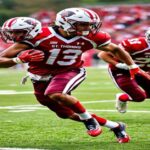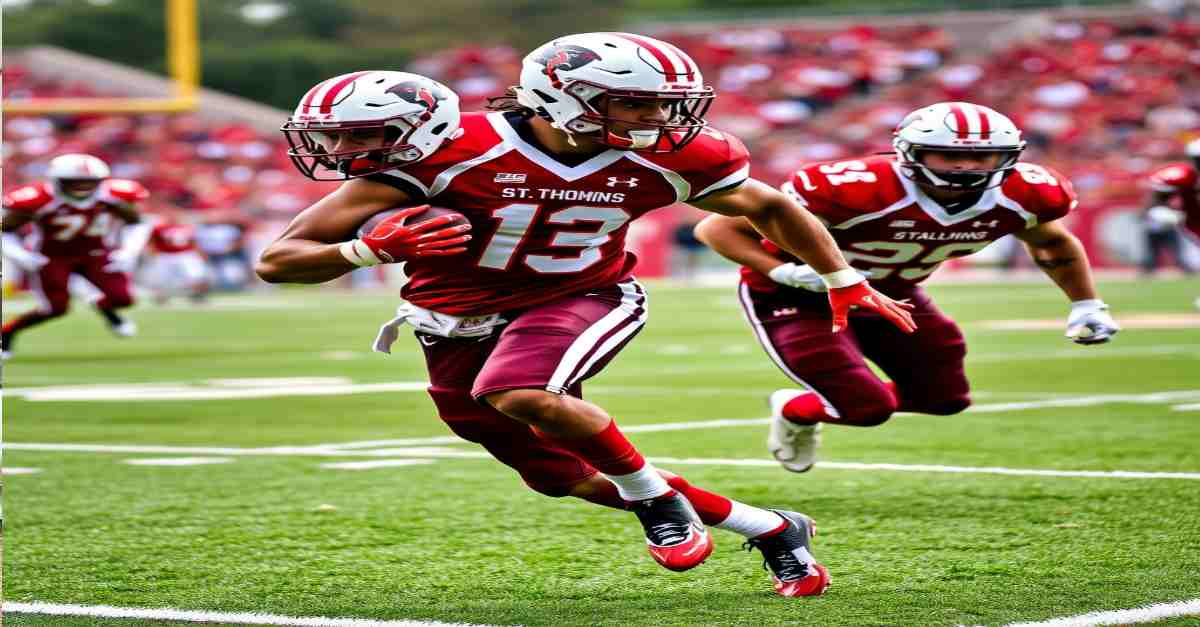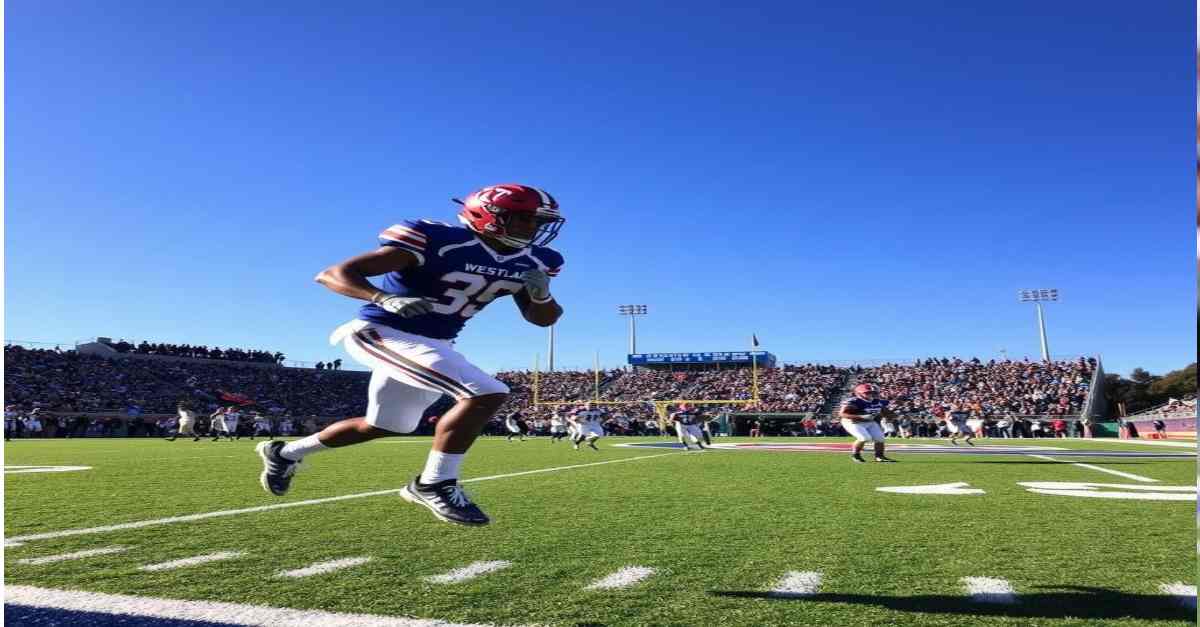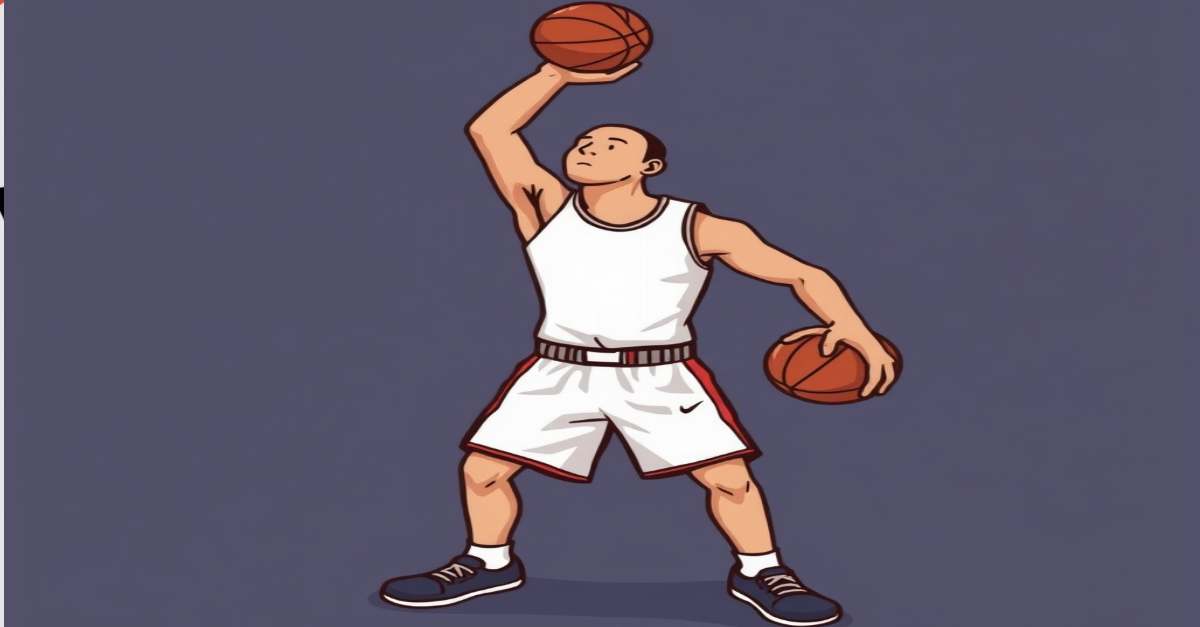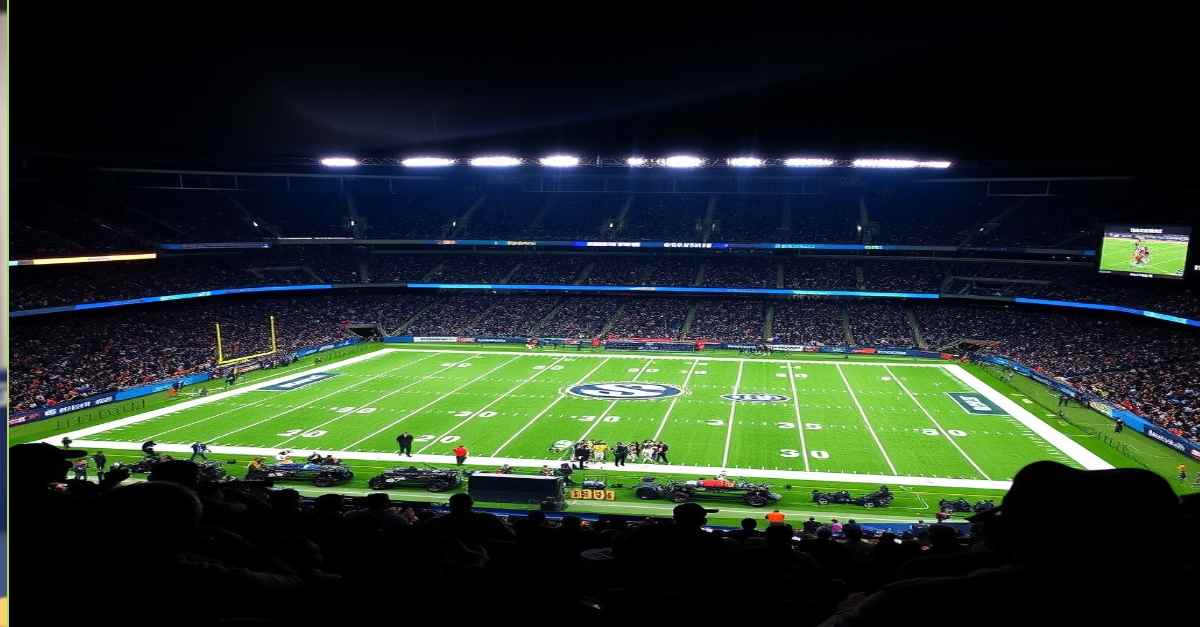The topic of college football player compensation has garnered significant attention, especially with recent changes in NCAA rules. In this comprehensive guide, we’ll explore the current state of player compensation, including scholarships, Name, Image, and Likeness (NIL) deals, and the broader implications for college athletics.
Introduction
For years, the NCAA maintained strict amateurism rules that prohibited college athletes from receiving any form of compensation beyond their scholarships. However, recent changes have sparked a new era of opportunities and challenges for student-athletes.
Overview of College Football Player Compensation
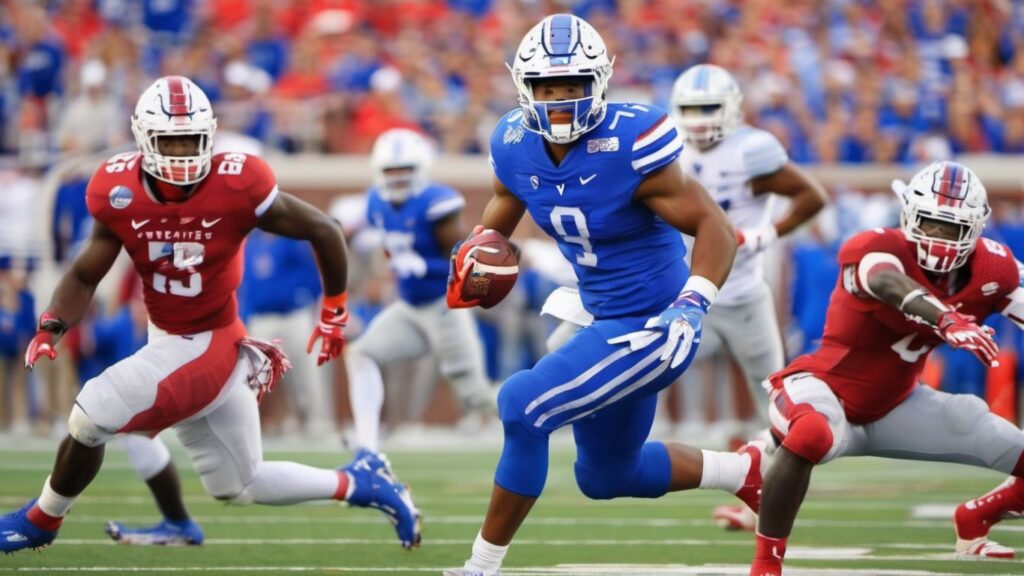
College football players can now earn money through various avenues, primarily through scholarships and NIL deals. Let’s break down these components:
Scholarships
Benefits of Scholarships:
- Tuition Coverage: Scholarships often cover the total cost of tuition, which can amount to tens of thousands of dollars per year.
- Room and Board: Many scholarships also include provisions for housing and meals, ensuring athletes have a place to live and food to eat.
- Books and Supplies: Some scholarships provide financial support for textbooks and other educational materials.
- Stipends: A few programs offer stipends to cover personal expenses, providing athletes with additional financial support.
Limitations of Scholarships:
- Not Guaranteed: Scholarships are usually awarded on an annual basis, meaning they can be revoked if an athlete doesn’t perform well academically or athletically.
- Restricted Earnings: Prior to NIL rules, athletes were restricted from earning any additional income, limiting their financial opportunities outside of their scholarships. While this has changed, the value of fellowships remains a vital part of the compensation puzzle.
NIL Deals
Impact of NIL Deals:
- Monetary Earnings: Athletes can now profit from their name, image, and likeness by signing endorsement deals, appearing in advertisements, and creating sponsored social media content.
- Brand Building: NIL deals allow athletes to build their brand, which can lead to more lucrative opportunities both during and after their college careers.
- Increased Exposure: High-profile athletes can gain national or even international exposure, further increasing their earning potential.
Examples of NIL Deals:
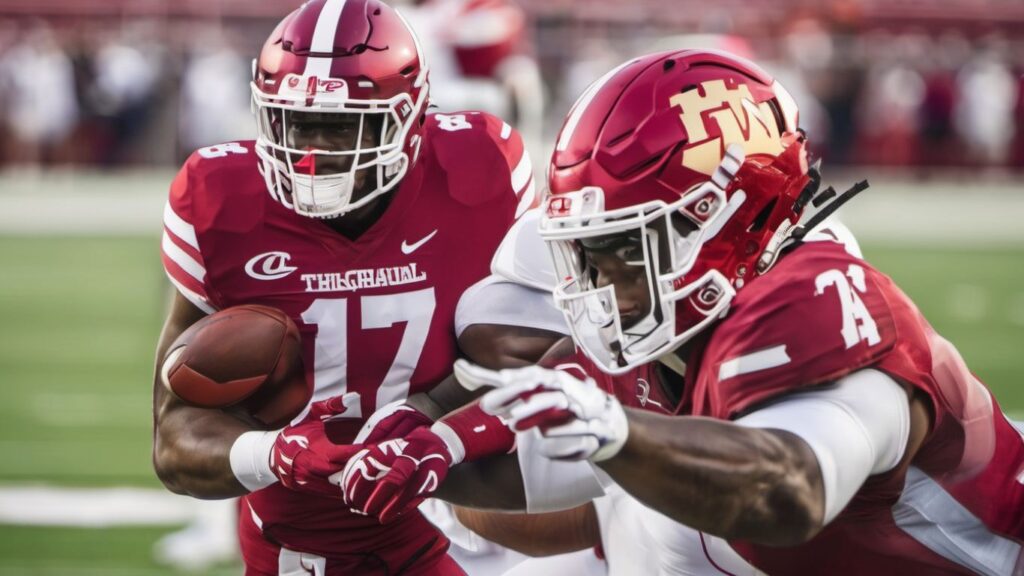
- Local Endorsements: Athletes can sign deals with local businesses, promoting products or services within their community.
- Social Media Sponsorships: With large followings on platforms like Instagram and TikTok, athletes can partner with brands to promote their products to a broad audience.
- Merchandise Sales: Some athletes create and sell their own branded merchandise, leveraging their popularity to generate income.
Coaching Salaries
Comparison with Coaching Staff Salaries:
- High Earnings for Coaches: College football coaches often earn substantial salaries, with top-tier coaches making millions of dollars per year.
- Disparity in Compensation: The significant difference between coach salaries and player compensation has been a point of contention, fueling arguments for increased player earnings.
Future Implications
Potential Changes in Player Compensation:
- Recruiting Competition: Schools may compete more intensely for top talent, with the potential for NIL deals influencing recruitment decisions.
- Financial Opportunities: Athletes could see increased financial opportunities, allowing them to benefit from their abilities and popularity.
- Earnings Disparities: There may be disparities in earnings among athletes, with high-profile sports and players earning more from NIL deals.
- Regulatory Needs: Clear guidelines and regulations will be essential to ensure fairness and compliance with NCAA rules, protecting athletes from exploitation.
- Business of College Sports: The landscape of college athletics may shift, with new revenue streams and opportunities emerging, as well as complex legal and ethical considerations.
Student-Athlete Perspective
Player Experiences and Challenges:
- Balancing Act: Athletes must balance their academic responsibilities with the demands of their sport and any NIL opportunities.
- Financial Management: Managing newfound income can be challenging, requiring financial literacy and wise decision-making.
- Pressure and Expectations: The pressure to perform both on and off the field can be intense, with high expectations from coaches, sponsors, and fans.
FAQs
Q1: What are NIL deals, and how do they benefit college football players?
A: NIL deals refer to opportunities where athletes can earn money from their Name, Image, and Likeness. These deals benefit players by allowing them to sign endorsement contracts, participate in advertisements, and engage in social media sponsorships, thereby monetizing their brand.

Q2: Are college football players paid directly by their schools?
A: No, colleges and universities do not directly pay football players. However, athletes receive scholarships that cover tuition, room and board, books, and sometimes stipends for personal expenses. Additional earnings primarily come from NIL deals.
Q3: Can all college football players secure NIL deals?
A: While all athletes are eligible for NIL deals, the ability to secure these opportunities can vary. High-profile players and those with significant social media followings are generally more likely to attract lucrative endorsements.
Q4: How do scholarships aid student-athletes financially?
A: Scholarships cover critical expenses like tuition, housing, and meals, reducing the financial burden on student-athletes and allowing them to focus on academics and athletics. Some scholarships also provide for books and personal expenses through stipends.
Q5: What challenges do college football players face with these new compensation opportunities?
A: Athletes may need help with balancing academic responsibilities, athletic commitments, and NIL opportunities. Additionally, managing new income requires financial literacy, and the pressure to perform can be heightened by the expectations of sponsors and fans.
Q6: Will NIL deals affect recruitment for college football?
A: Yes, NIL deals have the potential to influence recruitment, as schools may use these opportunities to attract top talent, Which could lead to more intense competition among institutions for the best players.
Q7: How do coaching salaries compare to player compensation?
A: Coaching salaries in college football are substantially higher than player compensation. Top-tier coaches often earn millions of dollars annually, creating a disparity that has fueled discussions about the need for increased player earnings.
Q8: What are the broader implications of NIL deals for college athletics?
A: NIL deals could reshape the landscape of college sports, with increased financial opportunities for athletes and potential recruiting changes. However, they also introduce challenges such as ensuring fair regulations, managing disparities in athlete earnings, and addressing legal and ethical considerations.
Conclusion
The landscape of college football player compensation is evolving rapidly, offering new opportunities and challenges for athletes. Scholarships remain a foundational element of compensation, providing essential support for education and living expenses. Meanwhile, NIL deals have opened up new avenues for earnings and personal brand building.
As we move forward, it’s crucial to develop clear guidelines and regulations to ensure fairness and protect athletes from exploitation. The future of college athletics will undoubtedly be shaped by these changes, with the potential for a more equitable and financially rewarding experience for student-athletes.
